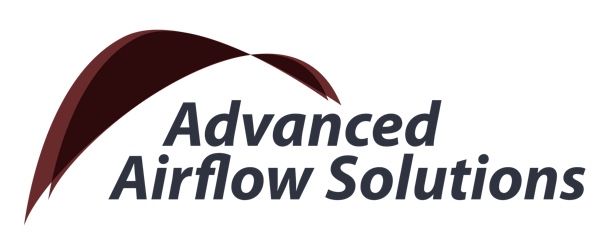The webinar will be hosted by hosted by Dr Axel Müller and Dipl-Ing. Claus Schweinheim and will address the following question:
How can we protect people in densely occupied spaces from the exhaled aerosols from their neighbours?
To register for the seminar click here.
The discussion considers the following strategies:
a) Natural ventilation via open windows & doors
b) Mixed flow ventilation via retrofitted recirculation & filtration systems.
c) Displacement ventilation installations
Measurements have been taken to trace the movements of contaminated aerosols in all of the above situations in order to establish the most effective system for the avoidance of cross contamination.
In the case of the natural ventilation, it is true that the greater the ventilation rate (air change rate), the more the concentration of aerosols will be diluted, but this will be largely dependent upon external pressures, the number and the orientation of widows. One persons protection will depend upon their location within the room relative to the windows.

There are many solutions on the market which involve recirculating units with HEPA filters which indeed remove aerosols from the room air, but quite often the air is supplied back into the room via turbulent mixing diffusers. This will ensure that supply (clean filtered) air is mixed thoroughly with the contaminated room air, which reduces the concentration of aerosols, but re-distributes the net aerosol mix back to the occupants. This will ensure that all occupants receive the same level (albeit reduced) of contamination.
If we combine the recirculation & filtration system with a low velocity supply system (displacement) then we can avoid the mixing of clean supply air and contaminated room air.
In this system, the room air is collected from high level, where the highest concentration of contaminants exists, it then passes through a HEPA filter, is cooled to a temperature not lower than 5K below room temperature and is then distributed at low level, and low velocity to avoid mixing with room air.

This supply air will be drawn into the heat plume (via convection) of each occupant and will be transported, together with exhaled aerosols to a high level contamination zone from where it is returned to the filter.
We accept that there will be factors such as the movement of people and doors opening and closing which will interrupt this natural circulation of air, but we can demonstrate that combined with adequate social distancing measures, cross contamination will be kept to a minimum.
The studies have lead to the development of the Upwind 900 ventilation system which is a complete ventilation system utilising the combined benefits of filtration and displacement flow.
You can download the Upwind 900 product brochure here >



